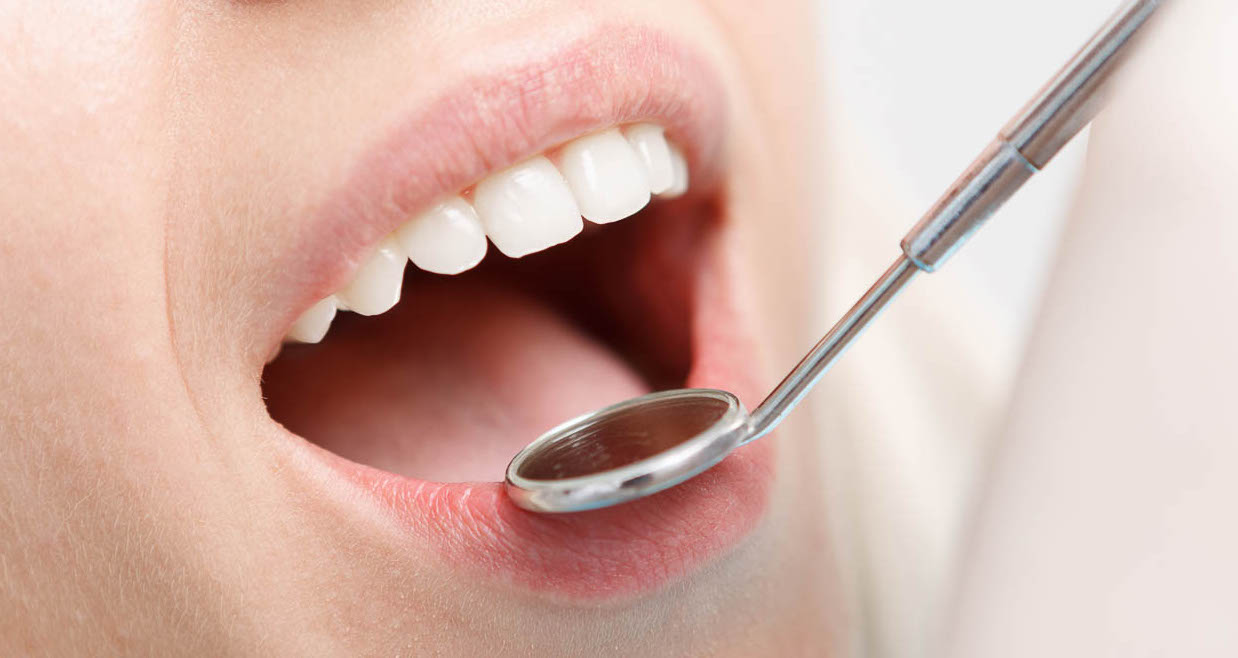During the standard preventive dental examination of adolescents aged 13-19 years, quite often the dentist finds the presence of one or both new canines in the dental barrier. By taking a panoramic or computed tomography scan, it is established that the permanent canines are in the wrong position, usually on the palate. By the term “occluded tooth” we refer to a tooth that has not erupted in the mouth, even though the child has reached the average age required for its appearance.
The causes of delayed eruption of a tooth in the barrier are many such as:
- The lack of space in the corresponding dental arch.
- The existence of supernumerary teeth.
- The presence of intermediate teeth.
- The incorrect position of the tooth.
- The maxillary canines, after the wisdom teeth, are the teeth most at risk of remaining locked in the oral cavity.
The reason is often the fact that they emerge last from the other teeth in the upper jaw, so in the case of a crowded upper dental arch, not finding a suitable space, they either remain buccally, in the depth of the gingival buccal groove, or remain enclosed in the palate, weakening, without the combined orthodontic – jaw surgery intervention, are emerging. Timely orthodontic check-up of children at the age of 7-8 years by the specialist orthodontist, combined with radiographic consideration, can prevent these unwanted events.
In order to prevent impacted teeth, your child has to visit the orthodontist. At the age of 9, the orthodontist should palpate the buccal surface of the scars and at the point of the new canine teeth there should be a swelling, the so-called canine abscess. Its absence raises suspicions of incorrect position of the permanent canine, which is detected radiographically. If its incorrect location is confirmed, the easiest orthodontic intervention is to refer the small patient for extraction of the new molars in combination with the maintenance of the corresponding space in the barrier. This simple dental procedure results in a percentage 80% in changing the inclination of the permanent canines and facilitating their correct eruption. So let parents be careful when it comes to changing children’s teeth and let them have their children’s first orthodontic check-up by a specialist orthodontist at the age of 7-8 years, in order to avoid such an unpleasant and clinically difficult-to-manage inclusion of the permanent upper canine teeth. At Great Smile orthodontic clinic we can help you to prevent impacted teeth and give you all the information you need to know!

